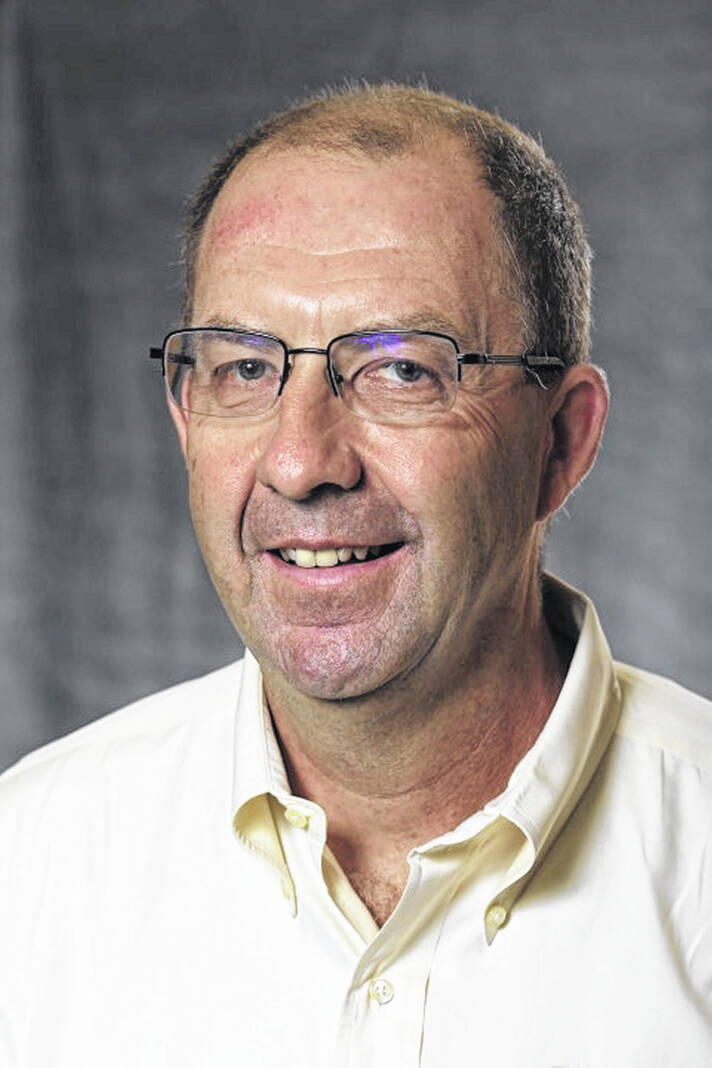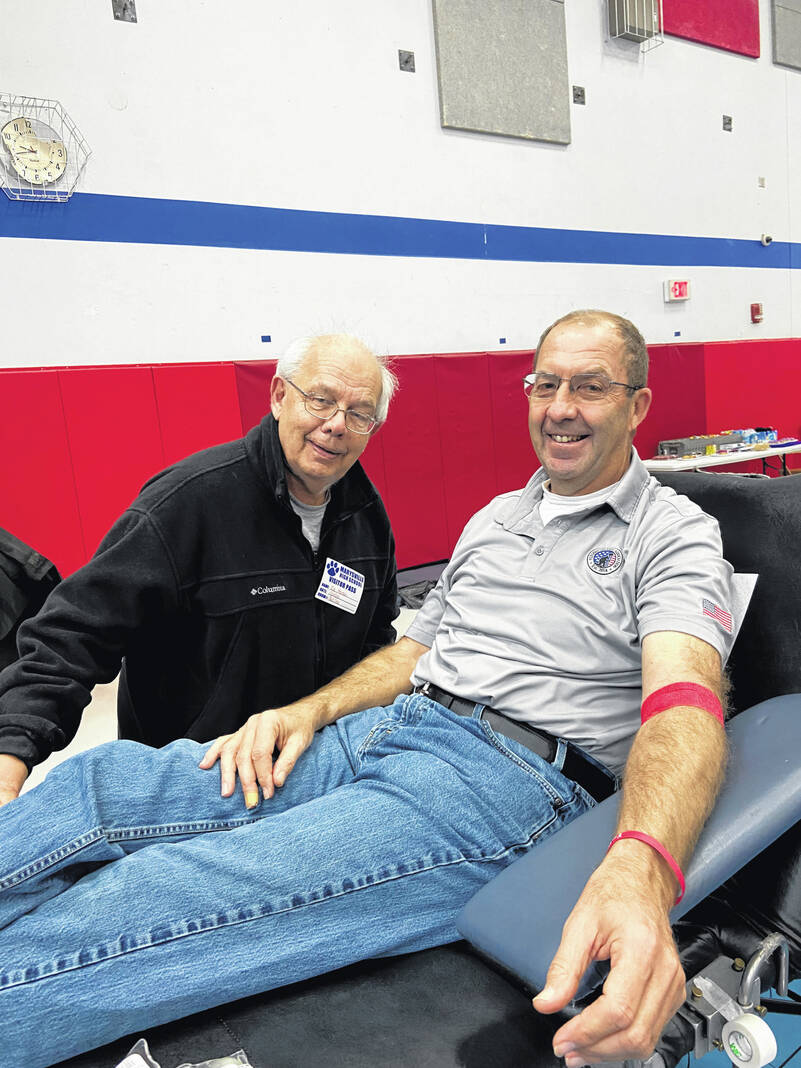

In this week’s On Fertile Ground are the topics of my December:
Real vs Artificial: A Christmas Tree battle!
The debate ranges! Both may be in slightly tighter supply. One of my customers in Connecticut had to go to Canada to get his supply but he did get them, and his supply is good but at a higher cost than last year. On the artificial side, they could be more limited too. Retailers cut back their orders in some cases because of inflation, supply chain and other factors. Real trees come from the USA (tree farm could be right down the road from your house) or Canada, artificial trees come from China and lots of carbon emissions to produce and ship. Which way are you going? Hard to beat that “real Christmas tree smell.”
Clover Lawn
Got several nice comments last month about our discussion on the clover lawn concept. Talked with several folks who had additional questions and comments which are always welcome. My email is at the end, feel free to reach out anytime.
Remember our trivia question? How many gallons on an acre if an inch of rain fell? Slightly over 27,000 gallons. You can easily see how efficient mother nature is when it rains and how it’s so difficult for us to take her place with watering.
Pruning
On the homeowner front, let’s talk about pruning. Winter and early Spring are great times to prune woody plants. The process creates wounds which can affect our plants. It’s best to use what is called the “Three Cut Pruning” Method. Cut 1 is about 1 foot from the edge of the branch collar, stop halfway through on the underside. This helps eliminate the risk of the branch peeling down and harming the tree. Cut two is farther out from the first cut and goes all the way through. Cut three is where the branch collar meets the trunk. Cut all the way through and make it as close to the branch collar as possible. Email me with questions and I can supply a picture to make it clearer!
Winter burn
I applied a new product called Plant Coat Pro again this fall to my shrubs and plants. It’s an anti-transpirant spray. These types of products have several benefits I’ve been told. Mainly it prevents winter burn, but also drought stress and transplant shock. I use it year-round and apply it to any drought stressed turf in the summer as well. It helps lock in moisture without harming plants. My use last year seemed to verify that for most (not all) plants there was a benefit and no detriment.
Poinsettias
If you have poinsettias in the house for Christmas here are a few tips to remember. Keep them away from blasts of cold or hot air. Don’t allow water to stay in the saucer under the plant. They need around 6 hours of indirect light. Don’t let them touch cold windows. No need to fertilize while in bloom.
After the holidays, fertilize once a month with houseplant fertilizer. And enjoy!
The Farm Corner
Who understands carbon credits? Certainly it has been a hot topic the past two years. Surveys say the percentage of farmers embracing these efforts are in the single digits but most think it will increase in the coming years.
What are carbon credits? Anything you are doing on your farm to sequester carbon will get you credits. A metric ton of sequestered carbon will get you a carbon credit which is sold by the carbon company to another customer (large corporation) to offset their carbon emissions. You are then paid for generating the credit.
What qualifies to generate a carbon credit? Practices like no-till, strip-till, nitrogen management, rotational grazing, and cover crops. So, if you are doing these things already or want to ramp up and do more, makes sense to get paid for it. Worth looking into.
Tar spot
See any tar spot this fall while harvesting? Experts claim yield losses could reach upwards of 60 bushels an acre. Tar spot is caused by the fungus known as Phyllachora maydis and can be identified by small, raised black and circular spots present on corn leaves, stalks, and husks. How to manage: Scouting (early detection), Cultural Practices (reduce corn residue), Fungicide use (Apply VT to R2) and Hybrid selection (no hybrids have complete resistance but some have partial resistance).
Blood donations
26=208+7+624
Good ole Kentucky math it is!
All good things come to an end they say. This one is tough. My blood donation career is over: 26 gallons over 42 years, 208 pints donated in 7 different states. According to the internet, each pint of blood can save up to 3 lives so in theory I saved 624 lives. I feel good about that, real good. Our bodies hold around 10 pints, I was always glad to give them one!
But I hate that it’s over for me. A year ago, I was told I need to start on a medicine that will help me but by doing so I could no longer donate. It could have adverse effects on those who would receive it, such as birth defects. I have put it off as long as I could and today, I donated my 26th gallon and tonight I’ll take my first dose of the medicine.
It’s been a great ride, it really has.
I donated my first pint in June of 1980 for a co-worker who was in a bad auto accident and needed the blood. He was in bad shape but survived and I still see John and his wife. He’s doing great.
I can attribute meeting my now wife of almost 40 years from my friend’s accident and my blood donation. She was his ICU nurse and we stated dating right after his accident.
I donated #1 on 7/21/80 at what is now East Lawn and Garden Center on Route 36 on the east side of town. Back then it was the VFW Building.
Then I donated again two months later and haven’t stopped for 42 years.
You can donate every 56 days. I didn’t miss too many eligible times.
Why donate blood?
-1 out of 7 patients in a hospital need blood.
-40,000 pints of donated blood are used each day! The need is great.
-Someone needs blood every 2 seconds.
-Only 5% of the eligible population donates blood.
-Car accident victims may need 50 units of blood.
-Severe burn victims may need 20 units of blood.
The process only takes about 10 minutes to donate, entire process from check in to check out about an hour.
Donate. You’ll be glad and others will be grateful, promise.
Merry Christmas and Happy New Year!
Trivia Question: What are the top three countries in cotton production? Bonus, what U.S. State is the top producer?
Till next time, let me know of any questions or comments at [email protected].



